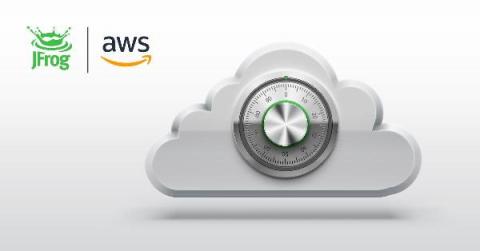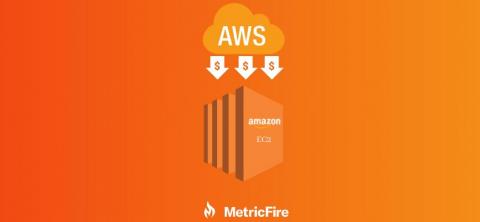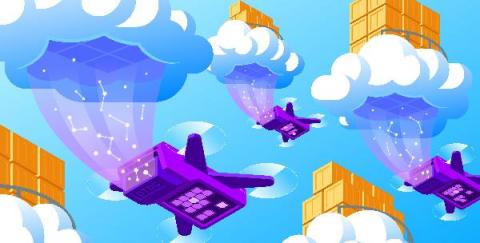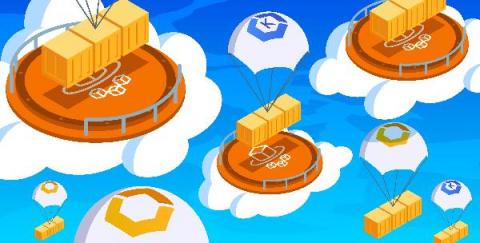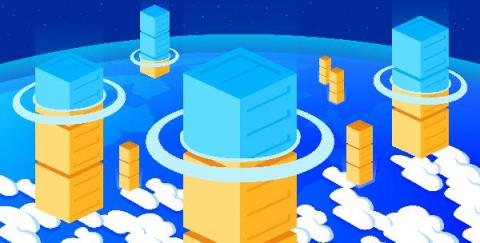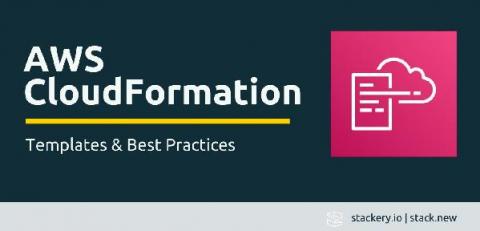Operations | Monitoring | ITSM | DevOps | Cloud
Latest News
11 Tips for Avoiding Cloud Vendor Lock-In
11 Tips for Avoiding Cloud Vendor Lock-In Cloud vendor lock-in. In cloud computing, software or computing infrastructure is commonly outsourced to cloud vendors. When the cost and effort of switching to a new vendor is too high, you can become “locked in” to a single cloud vendor. Once a vendor’s software is incorporated into your business, it’s easy to become dependent upon that software and the knowledge needed to operate it.
All together now: Bringing your GKE logs to the Cloud Console
Troubleshooting an application running on Google Kubernetes Engine (GKE) often means poking around various tools to find the key bit of information in your logs that leads to the root cause. With Cloud Operations, our integrated management suite, we’re working hard to provide the information that you need right where and when you need it. Today, we’re bringing GKE logs closer to where you are—in the Cloud Console—with a new logs tab in your GKE resource details pages.
How to monitor AWS Lambda
How do we get started on monitoring AWS Lambda? Let me first introduce you to the term serverless computing. It doesn't matter if you have been in the tech industry only a few months, or you started writing code when Pascal was still considered cutting edge, you probably would have heard the term serverless computing thrown around in recent times. But what exactly is serverless computing?
How to Reduce your EC2 costs
The best way to reduce your EC2 costs is to integrate MetricFire with CloudWatch. So let us first read what is AWS all about! Amazon Web Services (AWS) is a secure cloud storage and computing services platform that offers a variety of combinations for file storage, database storage, computing options, and content delivery networks.
AWS Fargate monitoring with Datadog
In Part 1 of this series, we looked at the important metrics to monitor when you’re running ECS or EKS on AWS Fargate. In Part 2 we showed you how to use Amazon CloudWatch and other tools to collect those metrics plus logs from your application containers. Fargate’s serverless container platform helps users deploy and manage ECS and EKS applications, but the dynamic nature of containers makes them challenging to monitor.
How to collect metrics and logs from AWS Fargate workloads
In Part 1 of this series, we showed you the key metrics you can monitor to understand the health of your Amazon ECS and Amazon EKS clusters running on AWS Fargate. In this post, we’ll show you how you can: You can use Amazon CloudWatch and related AWS services to gain visibility into your ECS clusters and the Fargate infrastructure that runs them.
Key metrics for monitoring AWS Fargate
AWS Fargate provides a way to use AWS container orchestration services—Amazon Elastic Container Service (ECS) and Amazon Elastic Kubernetes Service (EKS)—without needing to provision and maintain the infrastructure that runs your containers. Fargate is similar to serverless container platforms from Google (Cloud Run) and Microsoft (AKS virtual nodes).
AWS CloudFormation Templates & Best Practices
What if I told you that a text file could help you tackle the normally tedious and time-consuming task of setting up and managing your AWS infrastructure? Good news. It’s actually easy to do with an AWS CloudFormation template. A typical AWS infrastructure can consist of numerous resources that might need to be managed across different accounts and regions. Setup is often a manual process that can be overwhelming to maintain.


